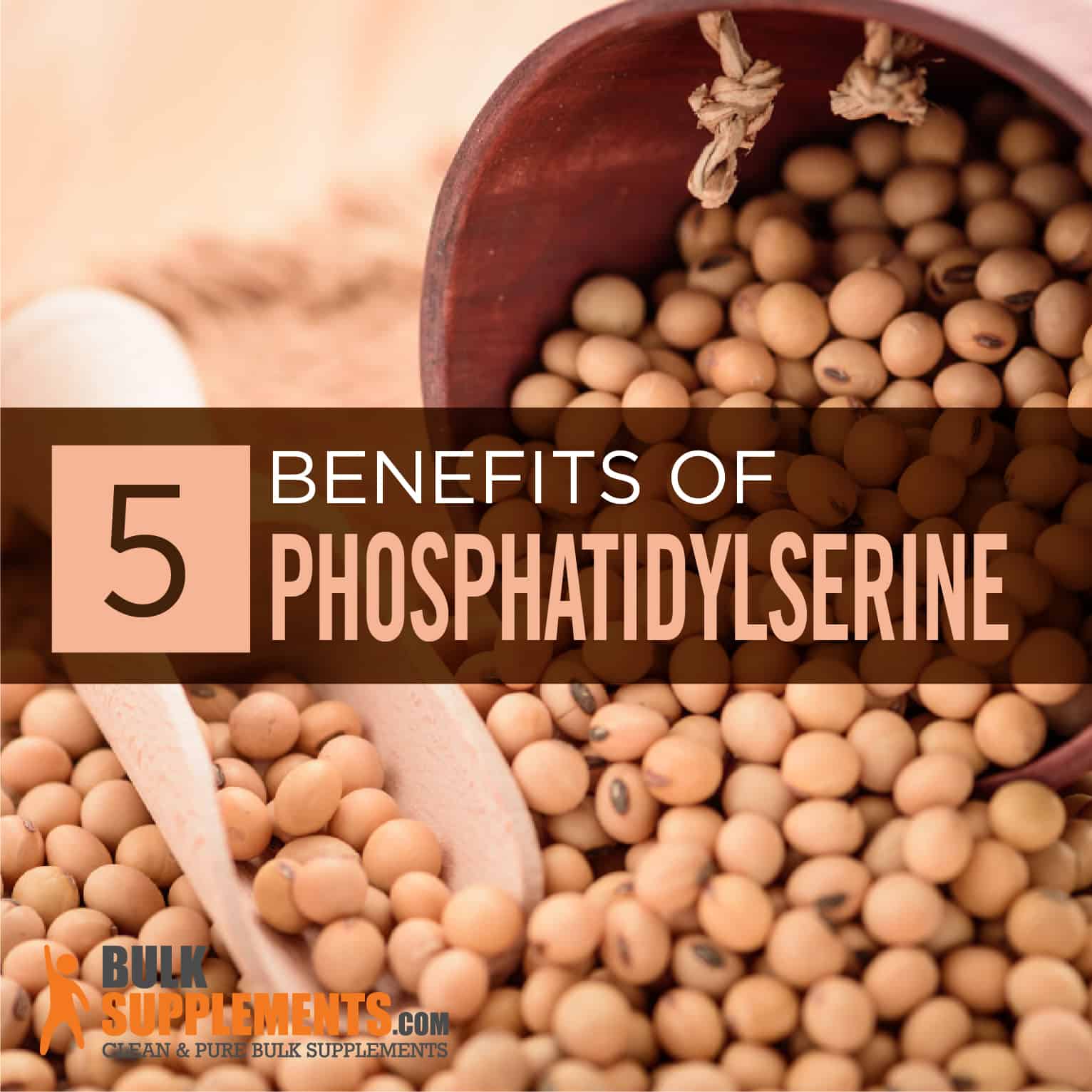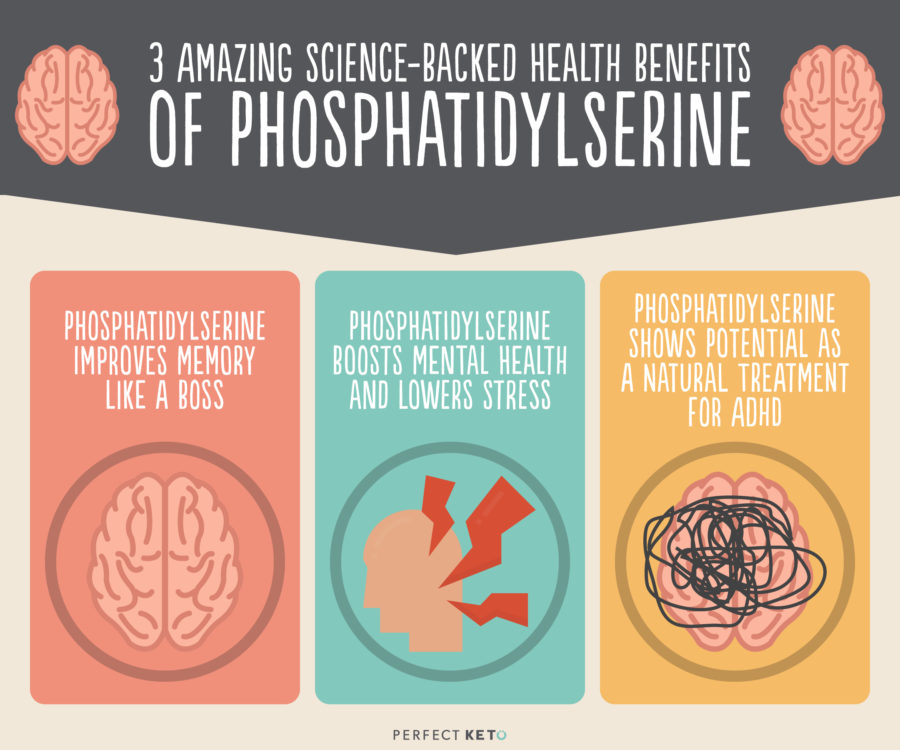Does phosphatidylserine lower blood pressure?

One study reported a minor increase in mobility in elderly, but effect can't be clearly tied to phosphatidylserine. Safety: Well-tolerated with no serious adverse events reported in short trials. May slightly reduce blood pressure.
What are the side effects of phosphatidylcholine?
When phosphatidylcholine is taken by mouth, it can sometimes cause excessive sweating, stomach upset, and diarrhea. Phosphatidylcholine injections can cause irritation, swelling, redness, itching, burning, bruising, and pain at the injection site. These side effects usually go away over a period of several days. What foods are high in phosphatidylcholine? Phosphatidylcholine was mainly obtained from eggs (28.0%), fish (18.5%), and meat (18.3%). The contribution of these foods combined provided 65% of the total phosphatidylcholine intake. The food category contributing the most to sphingomyelin in the diet was meat (28.5%), followed by dairy (23.3%) and fish (21.7%).
Is phosphatidylcholine good for gallstones?
Research Article. Phosphatidylcholine-enriched diet prevents gallstone formation in mice susceptible to cholelithiasis. Cholesterol gallstones affect approximately 10–15% of the adult population in North America. Phosphatidylcholine (PC) is considered to be the main cholesterol solubilizer in bile. Moreover, is phosphatidylserine the same as lecithin? Phosphatidylserine may be found in meat and fish. Only small amounts are found in dairy products and vegetables, with the exception of white beans and soy lecithin. Phosphatidylserine is found in soy lecithin at about 3% of total phospholipids.
One may also ask can phosphatidylserine cause headaches?
A dosage of 600 mg/day for 12 weeks was safe and well-tolerated in a clinical trial with 120 adults and a dosage of 150 mg/day for 30 weeks was safe and tolerated well in a clinical trial with 200 children. Possible side effects are rare and include [34, 35]: Nausea. Headache. What is the charge of phosphatidylserine? negatively charged Phosphatidylserine, a phospholipid with a negatively charged head-group, is an important constituent of eukaryotic cellular membranes. On the plasma membrane, rather than being evenly distributed, phosphatidylserine is found preferentially in the inner leaflet.
Does phosphatidylserine work for ADHD?
Conclusions: PS significantly improved ADHD symptoms and short-term auditory memory in children. PS supplementation might be a safe and natural nutritional strategy for improving mental performance in young children suffering from ADHD.






Similar articles
- Does L Lysine lower blood pressure?
Low lysine intake could result in a drop in blood pressure (BP) for hypertensive people. Lysine could also be used to control hypertension-related abnormal stressor/anxiety responses. This is because it has been shown to affect heart beats and thus hypertension.
- Does L-arginine and L citrulline lower blood pressure?
Combination of L-arginine/L-citrulline is a powerful combination. The authors gathered the results from smaller papers and found that oral L-Arginine supplementation can lower blood Pressure by 5.39/2.66 mmHg. This is comparable to the effect of changes in diet and exercise.
- Does Nigella sativa lower blood pressure?
Nigella sativa (NS), and its active constituents, have been shown to have antioxidant, hypotensive and calcium channel blockade properties, which could help to lower blood pressure.
- Does DHA lower blood pressure?
- Do pomegranates lower blood pressure?
- Can green tea lower blood pressure?
- How long does it take for phosphatidylserine to lower cortisol?
 Drugs Forum
Drugs Forum
